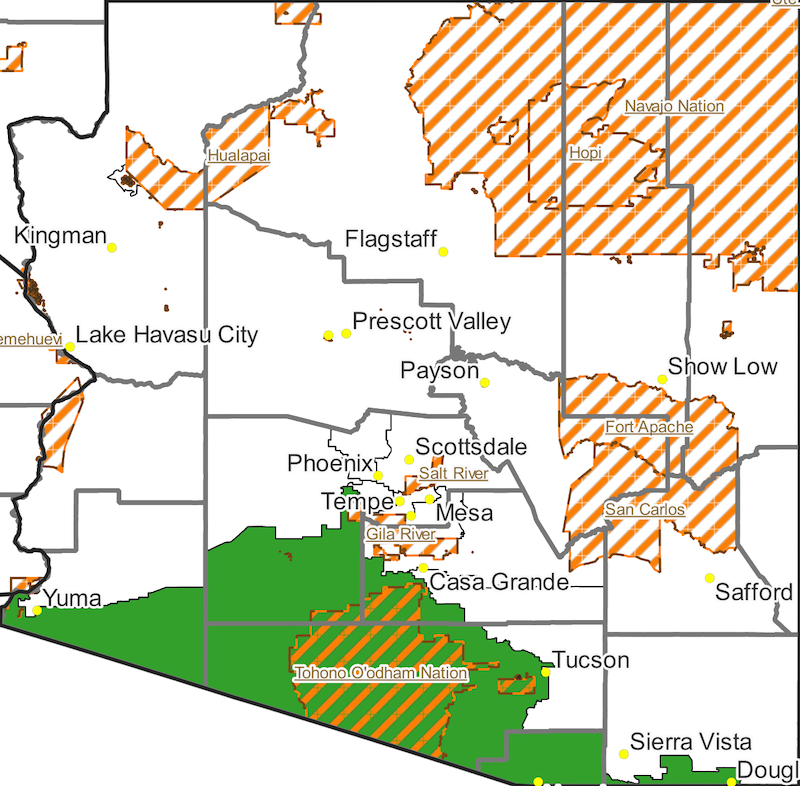Special Edition: 1L Blog Contest Winner
By Ethan Schafer.
Partisan Redistricting Violates Democratic Values
Partisan redistricting, also called gerrymandering, involves artfully “cracking” and “packing” voters into federal and state legislative districts so the political party in power can draw lines to their advantage. Redistricting has two rules: (1) districts must be around equal population size and (2) districts cannot be unfair racial gerrymanders. Outside of some state-specific rules, that’s it. Most state legislatures draw their federal House of Representative maps, a process that has numerous problems.
Partisan gerrymandering discourages voting, dilutes the voters’ strength, entrenches political power within one party, and is inconsistent with democratic values. Members of the House of Representatives indirectly get to choose who votes for them through back-alley deals with state officials, rather than allowing individuals to choose their representatives through the democratic process. Voters are denied a meaningful choice in who represents them, as state legislatures will draw lines to solidify districts in their favor. Voters are cracked and packed into non-competitive districts, making them feel discouraged, potentially lowering turnout, and allowing political parties to keep a district for as long as they can hold it. However, the Supreme Court in Rucho v. Common Cause said that partisan gerrymandering is a nonjusticiable political question, beyond the judicial system’s reach. Thus, partisan gerrymandering presents an issue with no solution: if a voter has an issue with their district, the voter has to contact their Representative, who will not change the voters that he or she has chosen.
Arizona Has Solved the Partisan Gerrymandering Problem
Arizona has addressed these problems through the Arizona Independent Redistricting Commission (AIRC). In 2000, Arizona voters approved Proposition 106, which removed the redistricting authority from the state legislature and handed it to an independent commission. The AIRC is made up of two Democrats, two Republicans, and one person who is politically independent. The most recent commission created a federal House map that balanced Arizona’s districts to reflect current partisan makeup. The House map for this cycle currently supports six Republicans and three Democrats, but the 1st, 3rd, and 6th Districts are competitive. These districts each lean less than +/-3 percent in favor of a political party, signaling that they could swing either way in an election year.
Neither party sitting on the AIRC was happy with this map, but that shows that Arizona has solved the gerrymandering issue. Arizonans have representatives who represent their diverse interests and neither political party has a chokehold on Arizona. No challenges have been filed for the 2020 district map. Votes are not diluted and the lines have not been drawn to entrench either party’s political power. The five-member commission sought to create a map that works for everybody, encouraging voter turnout and allowing voters to choose their representatives, rather than the other way around. Arizona has avoided the pitfalls that surround partisan redistricting.
Alexander v. South Carolina State Conference of the NAACP
Another redistricting challenge in the Supreme Court, Alexander v. South Carolina State Conference of the NAACP, asks whether an attempt to gerrymander black South Carolinians based on their political party is an impermissible racial gerrymander. This decision is likely to be a landmark case in election law. If the Court finds for the NAACP, then the status quo stays essentially the same, where racial gerrymanders are not allowed even if the goal is to gain partisan advantage rather than to racially discriminate. However, from the tone of oral argument, the Court is more likely to find for Alexander, representing South Carolina. If the Court slaps a “partisan gerrymander” label on a racial gerrymander, state legislatures will be able to manipulate maps even more. Circumventing racial restrictions in the name of partisanship violates the reason restrictions on racial gerrymanders exist in the first place. Political parties will become more entrenched, the vote will be more diluted, and democracy will be further eroded.
Without an independent redistricting commission, a competitive “purple” state like Arizona would face numerous challenges to any map that the state legislature could draw. Considering Arizona’s diverse racial profile, it would be easier than ever for the party that controls the state legislature to keep that power after Alexander comes down. Instead, Arizonans should have almost no concern about Alexander’s outcome. The five-member Commission may have an easier time drawing future maps if they don’t have to worry as much about the intersection of race and political leaning. Otherwise, the AIRC will dodge whatever conclusion the Supreme Court reaches, hopefully attempting to draw competitive districts every ten years.
Four years removed from the decennial census, Congressional districts are being challenged across the country. Arizona’s districts have not been challenged since being approved in January 2022, a win for the AIRC and Arizonans across the state. Voters know where to vote, have a choice in who their representatives are, and get to cast meaningful votes until 2030. Neither political party has chosen their voters, as the AIRC ensures that most districts are competitive. Whatever Alexander’s outcome, creating an independent redistricting commission has solved the gerrymandering problem.


Ethan Schafer is a 1L originally from Mid-Michigan. He attended Grand Valley State University where he earned a degree in Political Science. After law school, Ethan wants to be an appellate lawyer, but he is also interested in election law and employment law. In his free time, he enjoys listening to music and playing volleyball.
